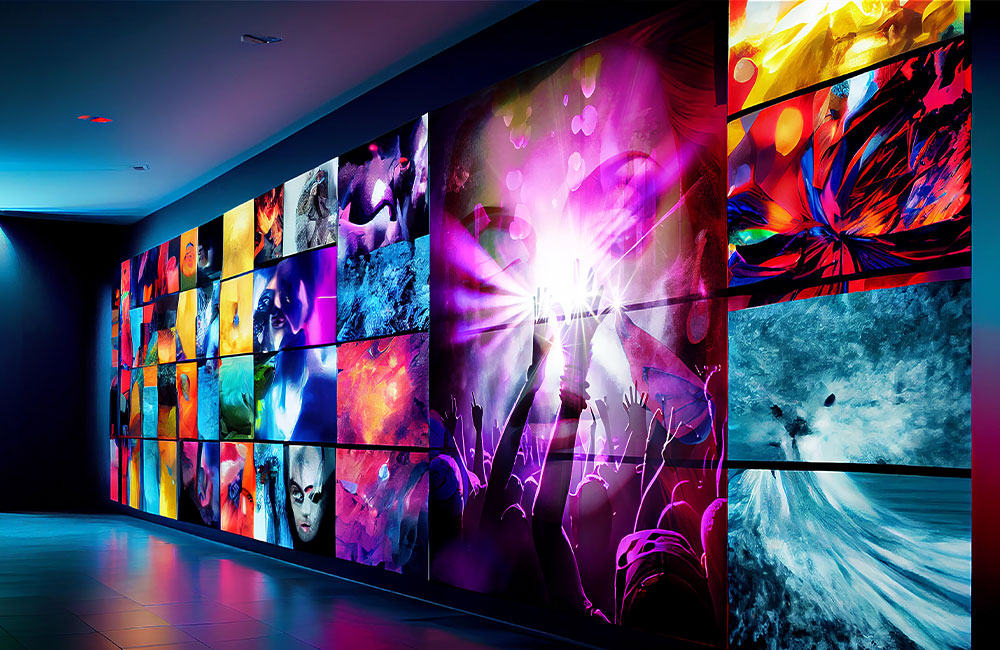Efficient Tactics for Overcoming Temperature Challenges in Light Emitting Diode Display Panels
Wiki Article
LED wall screens are increasingly popular for multiple uses, including advertising, functions, and electronic screens. However, excess heat is a major issue that can impact their performance and longevity. When LED screens become too hot, they may decrease in brightness, color distort, or even fail completely. Grasping the reasons and implementing effective methods to manage heat can assist preserve the optimal function of LED wall panels. This article will explore several strategies to address overheating challenges associated with these units.
One powerful approach for stopping excess heat in LED panel screens is guaranteeing adequate airflow. It is essential to install these panels in environments where atmosphere flow is adequate. This can be accomplished by positioning the screens in a well-ventilated area or utilizing blowers to improve ventilation around the devices. Additionally, if the panels are mounted in a confined space, establishing gaps or implementing air ducts can help dissipate heat more effectively. Maintaining a lower surrounding heat level is crucial, as it directly impacts the performance and lifespan of LED wall screens.
Another way to combat overheating is through the use of heat control substances. These materials can help take in, dissipate, or redirect heat away from the LED components. Thermal sinks are commonly used in many electronic units, including LED panels. These metal elements pull heat away from the light-emitting diodes, allowing them to function at a more secure temperature. Additionally, thermal compound or films can be utilized to improve heat transfer between the LED elements and the thermal sinks, further enhancing their cooling effectiveness.

Routine care and oversight of LED panel panels also play a vital role in stopping overheating. Dirt and try these out grime can accumulate on the surfaces of these panels, obstructing airflow and trapping heat. Regular cleaning, using appropriate tools, will keep the panels free from obstructions. Furthermore, monitoring the heat level of the panels can help identify overheating issues before they become severe. Using temperature sensors can provide valuable data, allowing users to take corrective action if the panels begin to exceed secure operating temperatures.
The use of advanced technology can also help address overheating challenges in LED wall screens. Many contemporary LED screens come fitted with built-in heat control systems. These systems can instinctively adjust the luminosity of the display based on the temperature, reducing heat generation when necessary. Additionally, program solutions can track the functionality of the screens and provide notifications if excess heat is detected. Incorporating these technologies can significantly enhance the durability and dependability of LED panel screens.
In conclusion, managing overheating in LED wall panels is essential for guaranteeing their functionality and durability. Implementing strategies such as ensuring proper airflow, utilizing heat control substances, conducting regular maintenance, and utilizing cutting-edge tools can help reduce overheating challenges. By taking these proactive measures, users can benefit from the full benefits of LED wall panels while reducing the threat of temperature-related problems. This approach not only enhances the performance of the screens but also adds to a much sustainable and efficient use of devices in various uses.